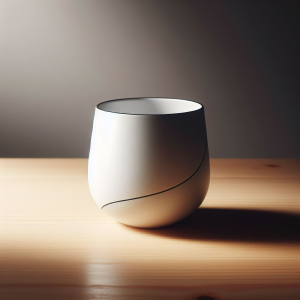Advantages and disadvantages of minimalist design

What Is Minimalist Design?

“Minimalism is a modern lifestyle trend that promotes simplifying and basic. It’s a popular visual style in architecture, home design, creativity, and fashion. In minimalist design, which uses few materials, low colours, and simple shapes, the essentials are prioritised. Some people think it’s impersonal or boring.”
Brief History of Minimalist Design
Victorian architectural ornamentation and Abstract Expressionist painting influenced the development of minimalist design in the 20th century. This Dutch style, known as De Stijl, was influenced by Scandinavian and Japanese design, as well as contemporary, Bauhaus, and brutalist architecture. Its DNA is shared by mid-century modern and modern architecture. Dieter Rams’ “less but better” philosophy, which guided daily products, gave rise to minimalist graphic design, art, theatre, and fashion in the 1960s. An alternative to overly accessorised, overcrowded rooms influenced by 20th-century consumer culture is provided by minimalist decor and interior design.
Key Characteristics of Minimalist Design
- Minimal is enough.
- Bring effectiveness first.
- Neat, uncomplicated lines.
- Forms of sculpture.
- Absence of unnecessary adornment and embellishment.
- Restricted colour scheme that is monochromatic and occasionally uses colour as an accent to create a calming atmosphere.
- Use of sparse, carefully selected materials, including wood, steel, glass, and concrete.
- Every object has a location and a function.
- Utilising available space and natural light.
- Emphasis on artistry.
- Spacious, minimalist interior design, frequently including open-play designs and flawlessly organised storage.
Advantages of minimalist design

Breathing Space
Organising and establishing breathing spaces in tiny flats and homes allows people to decompress and unwind, which in turn enhances mental and emotional well-being.

Saves Money
A simple, elegant design philosophy known as minimalism employs fewer materials, hues, and embellishments to create lovely interiors at a lower cost.

Quality over quantity
Quality over quantity is the guiding principle of minimalist architecture, which maintains the elegance and beauty of the space while saving money on furniture and other architectural repairs.

Easy maintenance
Because minimalism adheres to a straightforward, sophisticated house style, it lessens chaos, makes cleaning easier, and permits basic renovations without the need for special supervision.
Disdvantages of minimalist design

Expensive
One pricey item is the centre of minimalism rather than many, which frequently necessitates furniture customisation to satisfy client needs and lessen confusion.

Maintain the interior theme
A cohesive theme is emphasised in a minimalist home, which may not sit well with people who like to show off mementos from different travels.

Boring
Colourless design trends can make neutral colour schemes and voids seem lifeless and uninteresting. Functional minimalist design can avert subpar results.

Psychological complexity
Being minimalistic is a way of life that lets people maintain the things that are most important to them in their homes without making them feel ascetic or tortured into getting rid of everything else.

